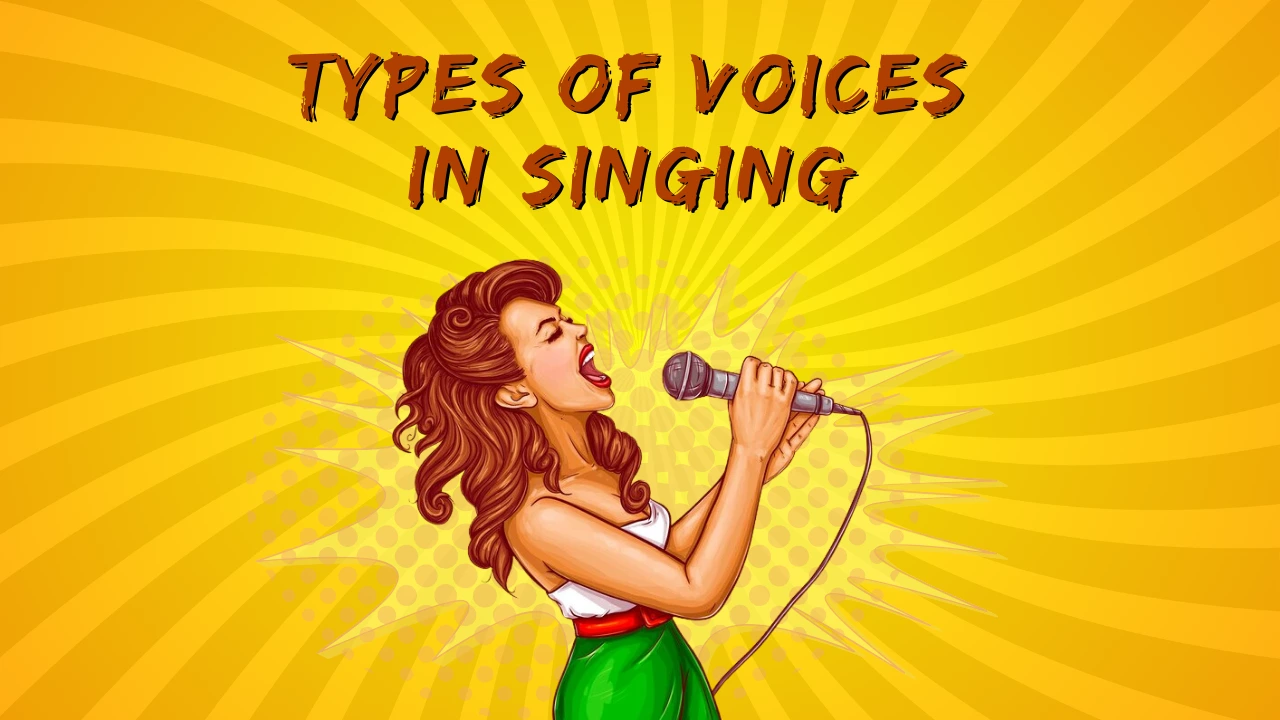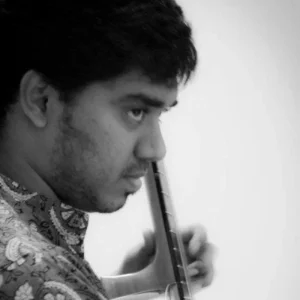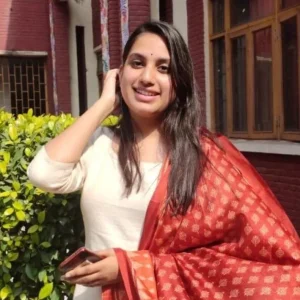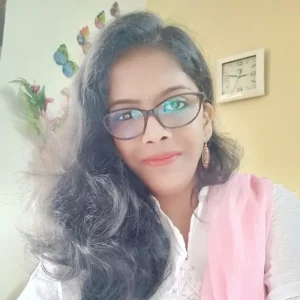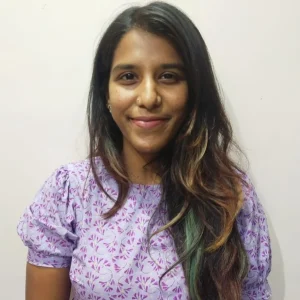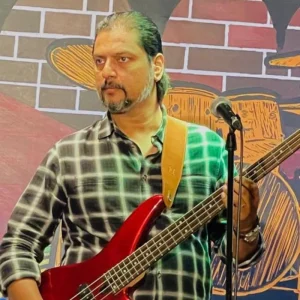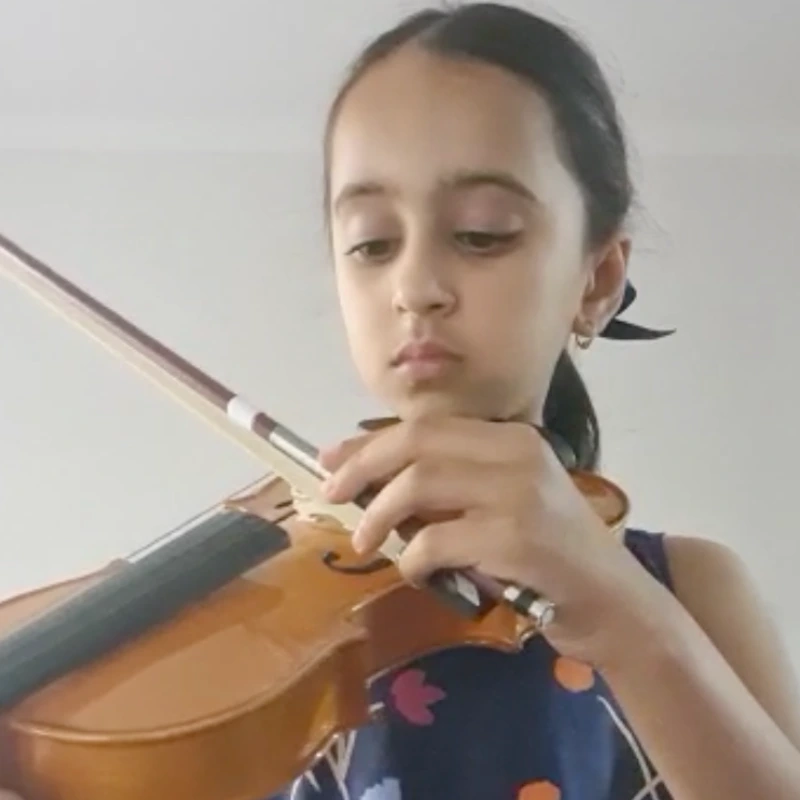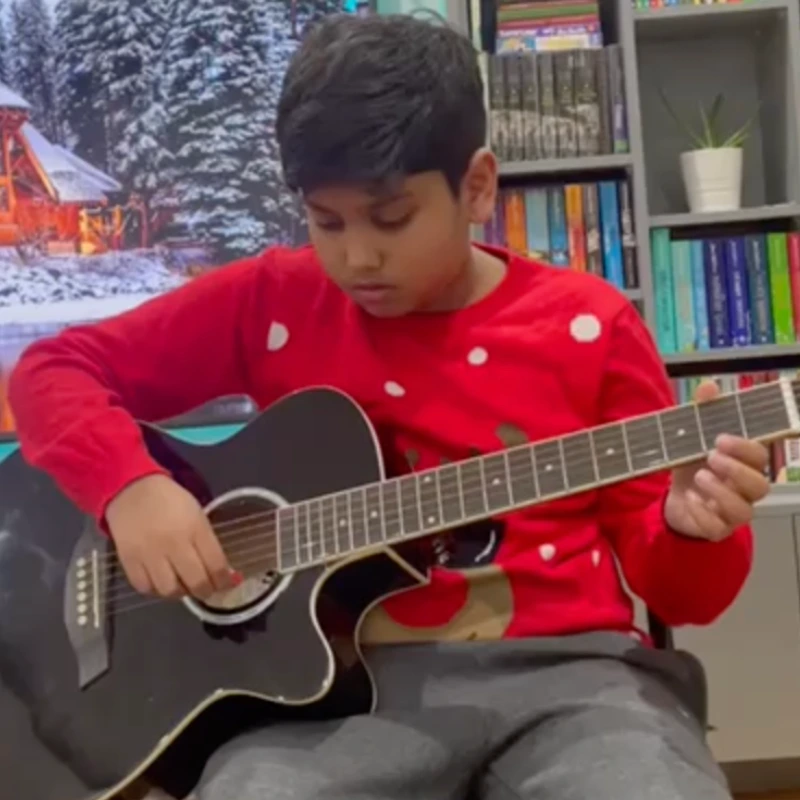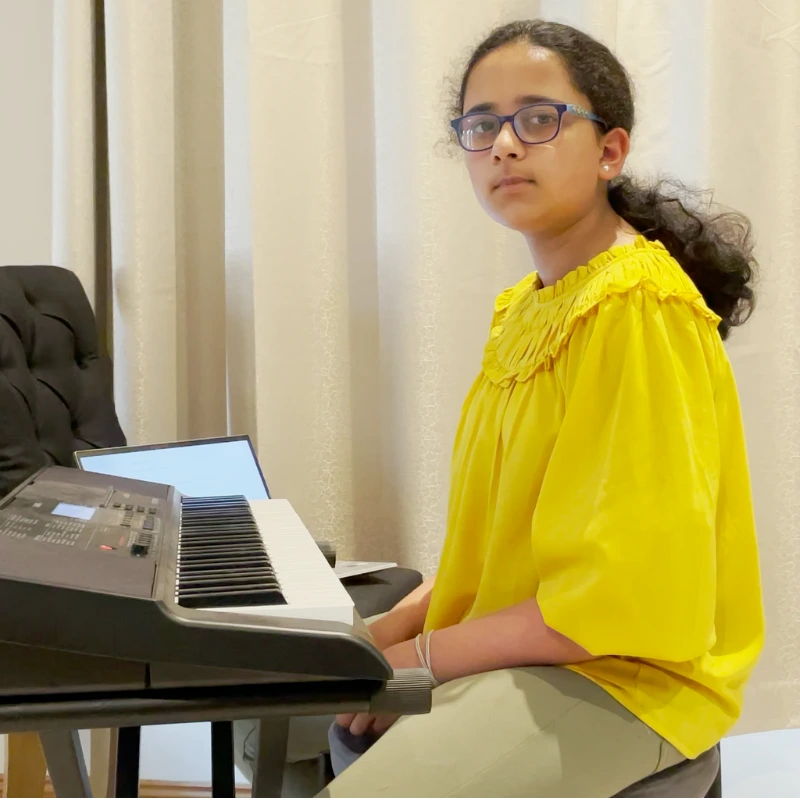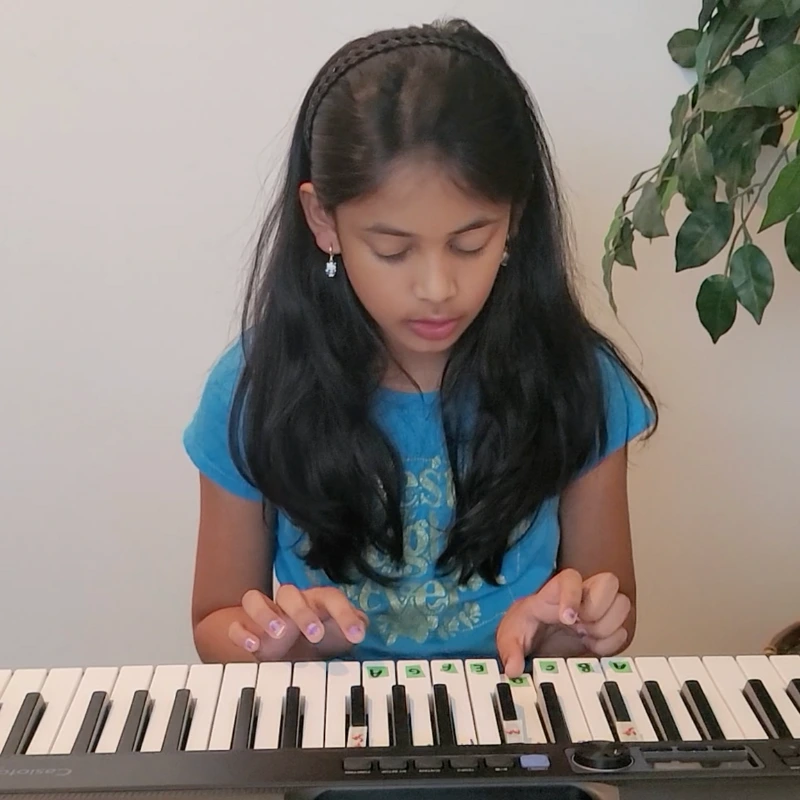Think about the different colors used in a painting. Likewise a choral orchestra has many voices and these are referred to as types of singing voices. The vocal types in singing are classified according to its vocal range, timbre and vocal transition points.
Would it not be easier to have all the voices in one kind? Also how can one find out which particular kind their voice belongs to?
Worry not! I will take you through this in this text. But before we jump into looking at the types of voices, let us look at what makes oneself’s voice so unique and different.
Here are the 8 types of singing voices that everybody’s been fuzzing about.
1. Soprano
3. Contralto
2. Mezzo-Soprano
4. Tenor
5. Baritone
6. Bass
7. Countertenor
8. Sopranist
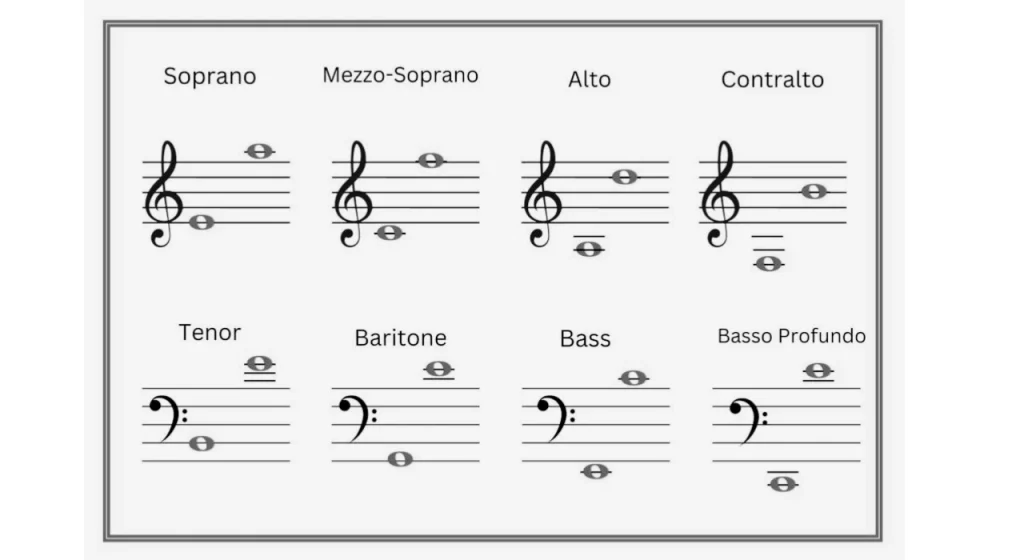
But how did we land on these different voice types in singing?
Let’s dive a little bit into the history.
In human culture, we may even have sung before we spoke, according to some people. Whether that is true or not, singing served a purpose for the earliest time of men. Greek and Roman mythology talks about the tales of the mermaids who sang to sailors to their demise on the rocks.
Eerie but interesting isn’t it? These cultures also start studying music, with Greek philosophy being the first to analyze the science of music. We use their modes of scale to this day.
On the other hand, are the jewish rich in music and poetry since the dawn of time, especially the gospel music.
Many of the song lyrics found in the Old Testament have since been lost to time and are now considered poems. Not to forget about the amusing illustrations about the songs and instruments in the book of Psalms.
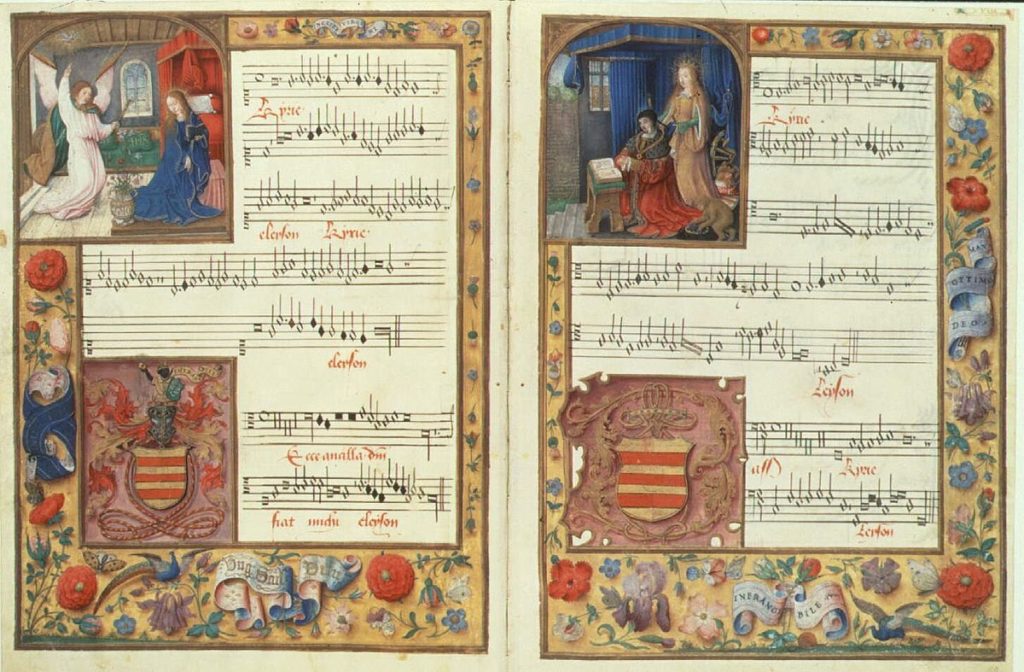
Let me point out that early churches included vocal(choral) and musical elements into their worship.
Although there are not many records on how these chorales worked.
I know!! It’s invigorating!!
As time passed on more secular styles emerged and these choral singing became widely popular and that is how these types of voices came into the light.
Let us check out the different voice types in singing!
Three categories are usually used to categorise women: soprano, mezzo-soprano, and contralto. Generally speaking, men fall into four categories: baritone, bass, tenor, and countertenor.
While men who are classified as countertenors can be classified as contralto, mezzo-soprano, or soprano, some women belong to the tenor or baritone groups. The eighth term, treble, is used to describe the pre-pubescent voice. That type of voice is called sopranist.
Female voices
Soprano
Soprano in Italian means Sopra-Above. Like its name, the Soprano voice type is notable for its splendid high notes. Coloratura (kuhl-er-ah-TOOR-ah), lyric, and dramatic are the three main categories into which sopranos are found in opera. Of all the voice types, the soprano voice type has the highest tessitura (the general range of pitches found in a melody or vocal part) and the widest vocal range.
Coloratura is the lightest and most flexible sound type, while dramatic is the darkest and most potent. “Lyric” is positioned roughly in the center. Sopranos frequently sing a piece’s melody or main tune, with the other voices providing “back-up” harmonies or support. Although this is not always the case.
I am a Soprano singer and I could be put into the first kind- coloratura. Usually a soprano singer’s voice range can be B3-C6. To be honest if pushed Sopranos can hit higher notes.
Mezzo-Soprano
The term “mezzo-sopranos” originates from the Italian prefix “mezzo,” which means “half”, roughly translated as “half-soprano.” Mezzo soprano voice types frequently sing at more or less the same pitch as their soprano counterparts. Mezzos are distinguished by their rich tone quality, fiery lower registers, and powerful middle voices. Because of the versatility of their voice, mezzo-soprano voice types can often convey a wide range of emotions in their singing. Mezzo soprano’s voice range is generally between A3-A5.
So just like sopranos, mezzo-soprano voice types also have Coloratura, Lyric and Dramatic grouping. The lower register of a coloratura mezzo-soprano is warm, while the high register is light in movement. Coloratura mezzo-sopranos are most at ease singing in the middle of their range rather than the top, despite having delightful high notes.
The vocal ability of coloratura mezzo-sopranos and of dramatic mezzo-sopranos are not shared by lyric mezzo-sopranos. I think we can understand why!
Alto
You’d think mezzo-sopranos have deep smashing tones? You gotta check them Contraltos and altos out!!
The lowest range of the female voice- Contralto, is distinguished by a rich, deep, and resonant tone. Arguably, contraltos have the lowest female register and are the best at utilizing their low “chest” tones. Although the actual range can vary depending on the singer, women with contralto voices generally have a vocal range that goes from around F3 – F2
Then what about alto? Who are they?
If contralto is like the bass guitar, then alto is like the guitar. These days, the term “alto” is generally used to refer to a lower female voice. For voices with a strong middle and lower register, chorus music typically calls for an “alto” part; however, Western music does not actually have a distinct alto voice type.
Male voices
Tenor
Simply put, tenor is the voice type that has the highest vocal range in male. Depending on their unique vocal qualities and training, male voice types have different tones and qualities in their voices. Tenors, on the other hand, typically have a bright, clear, and ringing tone that is ideal for singing melodies and leading a melody. The word tenor comes from the Italian word ‘tenere’ which means ‘to hold’. Supposedly, in the early days tenors had the responsibility of holding down a melody.
‘Tenore Buffo‘ (ten-or-eh-boo-foh) is the soft-voiced, high range tenor and ‘Heldentenor‘ (hell-dehn-ten-or) is the bold, strong-voiced tenor that sings typical Opera.
Typically, C3-B4 is the range of a tenor voice.
Baritone
The baritones happen to be the most prevalent male voices overall, falling between the tenor and bass vocal timbres. Now it is quite strange that this voice type wasn’t recognized by the musicians until the 19th century. Baritone voice types are singers with a powerful midrange and lower notes that are full-bodied, their voices are frequently rich and resonant. Baritone’s vocal range is A2-F4
Just like other voice types, baritones can be found in two varieties:
- Lyric- lighter voice frequently heard in classical concert settings and
- Dramatic- darker tone typically heard in lead opera roles.
Point to be noted: Male vocalists frequently have baritone voices, but some female singers – like Usha Uthap – can also have baritone voices.
Bass
Though I have been a soprano singer from my childhood, my favorite type of singing voice happens ro be Bass. I have always admired the resonance of bass singers. They sound so powerful and authoritative. It is these types of voices that are used to depict powerful beings like a God or Monsters or any authoritative roles in a drama.
Compared to other types of voices, a bass singer’s speaking voice might have a richer tone and a lower pitch. They frequently sing the lowest notes in a choir or vocal group, which establishes a solid harmony base. The vocal range if a bass singer is roughly D2- E4
There is a unique subtype of operatic bass voice called basso buffo, which uses the lowest range for comedic effect in Opera.
Countertenor
Countertenors have a high vocal range almost equal to the mezzo- sopranos or altos. Countertenors are men who use a specific technique called Falsetto to sing in the high vocal range of women.
This types of singing voice frequently have a clear, pure tone and a light, sprightly quality to their voice. They have a fantastic ability to smoothly switch between their chest voice and falsetto with a controlled vibrato. The vocal characteristics of countertenors can differ based on their unique training, technique, and natural vocal timbre.
Sopranista
A male vocalist who can reach the soprano range is known as a Sopranista. They usually achieve this by using a particular vocal technique called falsetto. Given that they are male vocalists, their voices might have somewhat distinct timbres or tones.
You must notice in huge choirs up in foreign lands (more likely in protestant churches), there would be young boys who are of pubescent age singing soprano parts. These boys have a sweet and soft, airy- tone which works out well for the chorale music. These voices are categorised under sopranista.
Alright! Let’s talk about classifying your singing voice type.
Everybody’s voice can range from one and a half to more than two octaves. Usually, these types of vocal ranges span roughly two octaves. Many vocalists can perform certain parts in either category and fall between groups.
What is a vocal range?
The distance between a singer’s lowest and highest note is known as their vocal range. It is incredibly useful to classify a singer’s voice type and to choose a repertoire to sing.
How to find your vocal range?
The best place to start is to sit on a piano and start to sing a note . On the piano, locate the corresponding note. And keep increasing the pitch to the highest possible pitch you can sing and do the same with the lowest possible pitch. Avoid forcing anything at all. Your range isn’t being tested just yet! just lightly and easily warming up the vocal cords. Repeat three or five times. Here is a superb vocal exercise that can help you determine your vocal range.
Make the entire process as simple and easy as possible, whether you are using any singing apps or a piano. If you hear a “break” in your voice anywhere, don’t be shocked. Try to understand your highest and lowest notes that you have recorded. To know which your vocal range and the type of voice you fall in, this vocal chart would help you. .
You should not be shocked if you don’t match one precisely because they are only meant to serve as a general guide.
Final Thoughts
It seems rather interesting understanding singing voice types , isn’t it? The range of human voice used for singing is enormous. Because of this, every voice is unique and posh.
The mort important point to note is that optimising your voice type entirely relies on your level of effort ie, practice. Also, the quickest way to maximise your vocal abilities is to take weekly singing lessons with a qualified voice teacher.
Book your free demo with us MusicMaster now!!
FAQs
1. What are the types of singing voices?
Soprano, Mezzo-Soprano, Contralto, Tenor, Baritone, Bass, Countertenor, Sopranist
2. How many types of singing voices are there?
There are 8 types of voices.
3. What are the main characteristics of each voice type?
The main characteristic of each voice type is the voice range of it. Soprano: C4-A5, Mezzo- soprano: A3-F5, Alto: F3-D5, Tenor: B2-G4, Baritone: G2-E4, Bass: E2-C4
4. Is there a simple way to identify my own singing voice type?
Yes, you can always identify your voice checking your vocal range.
5. Are there any famous singers with each voice type?
Absolutely. Soprano: Maria Carey, Mezzo- soprano: Adele, Alto: Miley Cyrus, Tenor: Bruno Mars, Baritone: John Legend, Bass: Jhonny cash
6. Are there any benefits to knowing my voice type?
It is incredibly useful to determine your voice type and to choose a repertoire that brings out the best in you to sing.

